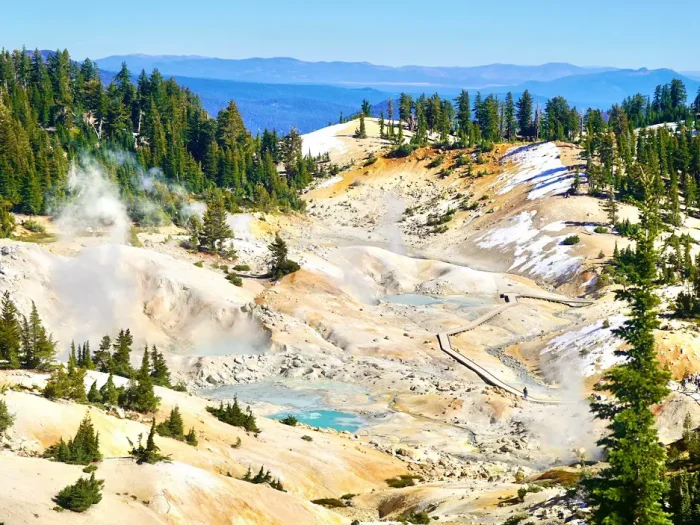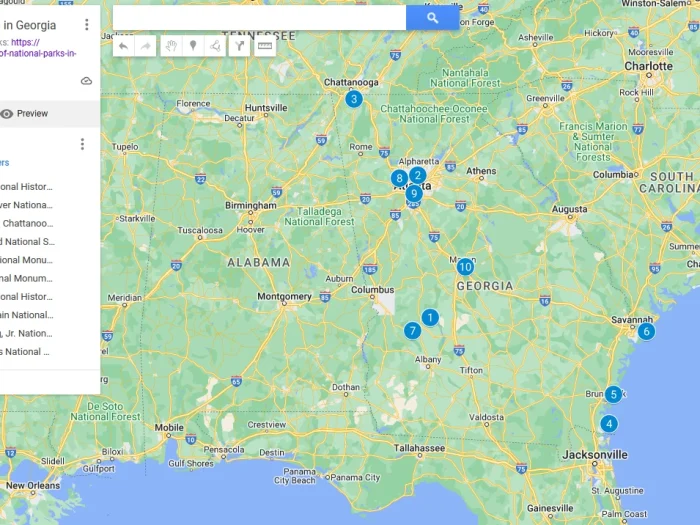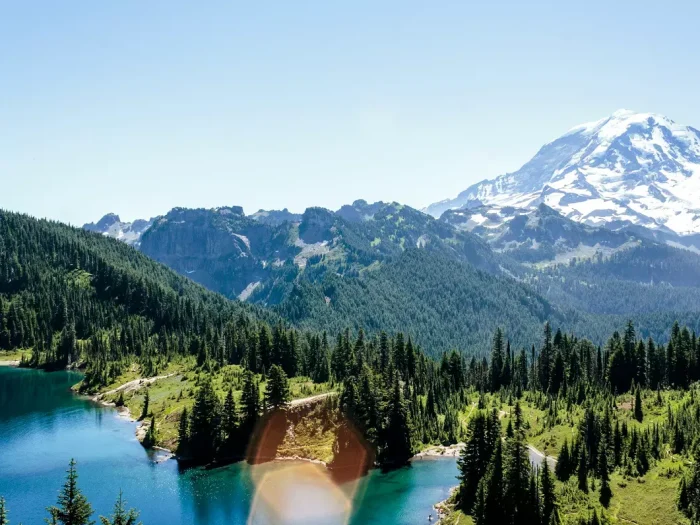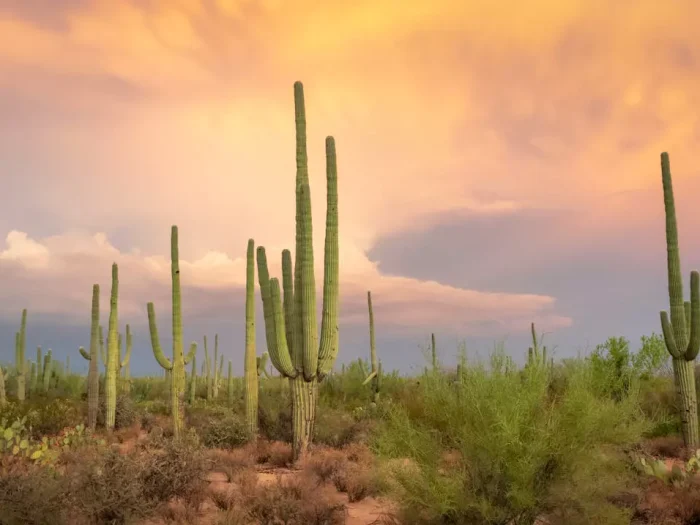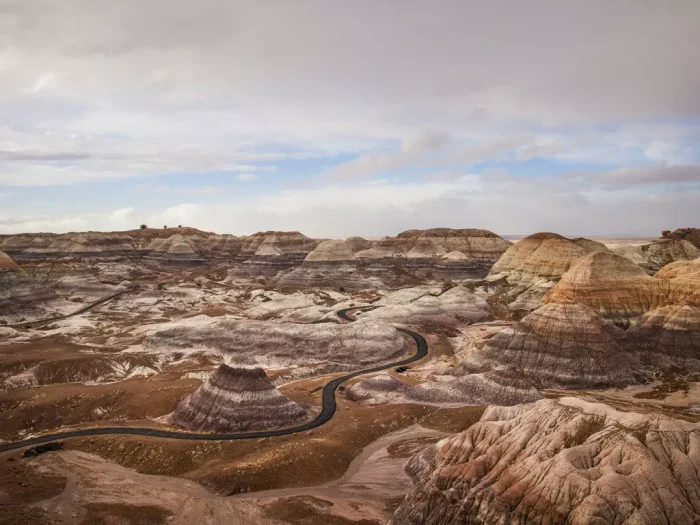How Parks Treat Wastewater Near Sensitive Rivers
When people visit national parks, they expect clean rivers, sparkling lakes, and natural beauty. But behind the scenes, park managers work hard to make sure the water stays safe and healthy—including water that comes from bathrooms, sinks, and campgrounds. If wastewater isn’t treated properly, it can pollute creeks and rivers, harm fauna, and damage the park.
Wastewater treatment in parks is a real challenge. These areas often don’t have big city sewer systems, but they do have lots of visitors and sensitive environments to protect. The good news is that there are several ways parks can safely manage wastewater, all designed to keep nature at its best. Here’s an overview of how it works.

Common Wastewater Systems in Parks
Parks can’t always connect to a city sewage system. Instead, they use different local solutions. Some use old-fashioned septic tanks buried in the ground. Others have lagoons—large ponds where wastewater is treated naturally. Additionally, today, more parks are now using compact biological plants, which can handle more waste in a smaller area and work well in sensitive places. These solutions are never “one-size-fits-all” as they need to meet the unique needs of each park.
Dealing With More Visitors in Summer
Visitor numbers in parks can jump in summer. That means more bathrooms get used, and more wastewater needs treatment. Studies have also shown the impact of over-tourism on national areas, which include an increase in carbon emissions, waste, and changes in the behavior of local fauna.
Parks must plan for these surges by taking key measures, such as managing entrances, limiting the number of visitors, and keeping a proactive approach to waste management. For instance, they may add extra storage tanks or use flexible systems that can handle larger waste amounts for a few months. This helps prevent spills or overflows when things get busy.
Leveraging an MBBR System
One technology many parks use today is called a Moving Bed Biofilm Reactor—MBBR for short. It uses lots of small plastic carriers inside a treatment tank. Good bacteria grow on these carriers and help clean the water by breaking down waste. MBBRs are popular because they work well in small spaces and handle changes in flow, making them ideal for parks. Additionally, specialized companies like MBBR Media Direct today offer high levels of customization of these treatment carriers, making them suitable for a wide range of environments.
Treating Wastewater in Cold Weather
Both visitors and national park managers must work around nature’s weather rhythm. Cold winters make treatment tricky. When it’s freezing, pipes or tanks can ice up, and treatment slows down. To fix this, parks in cold areas might put systems underground, insulate them, or use special reactors that keep working even in low temperatures.
Meeting Requirements to Protect the Local Fauna
Many parks have creeks and rivers that are home to fish and amphibians. To protect these animals, parks have to meet strict rules for nutrients like nitrogen and phosphorus in the treated water. This is essential because too much or too little of these nutrients can hurt plants and wildlife! Today, new systems use extra filters and biological processes to adjust nutrients before releasing water into nature.
Keeping Parks and Rivers Clean
Dealing with wastewater in parks isn’t simple, but these systems help protect rivers and wildlife. With the right technology, parks can keep water clean for people and nature alike.

